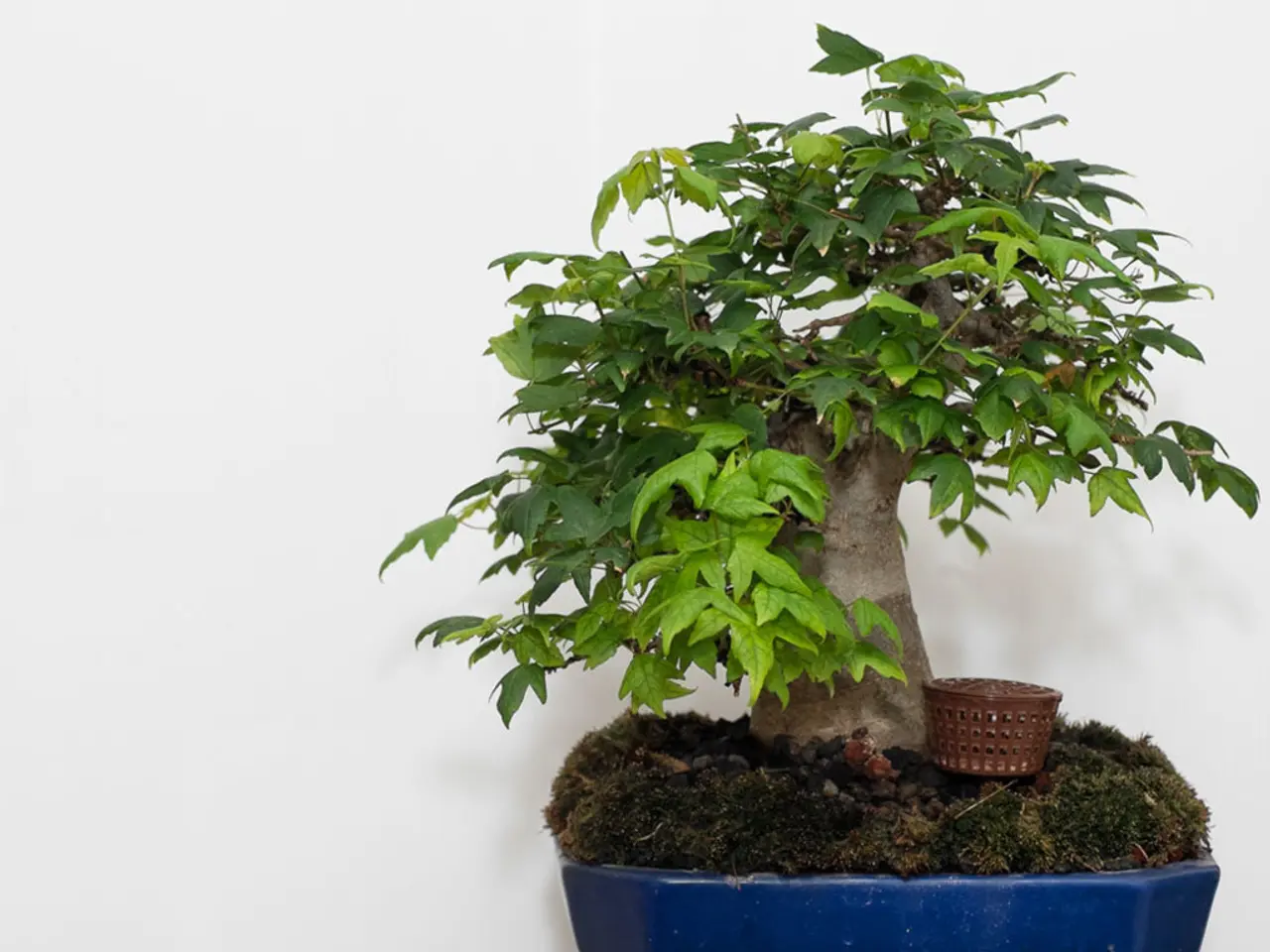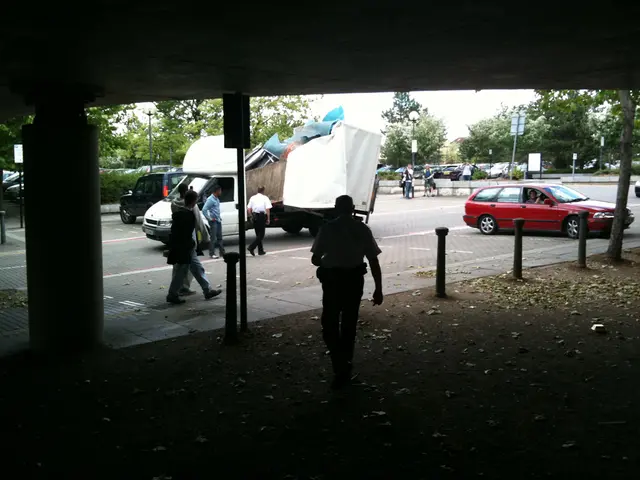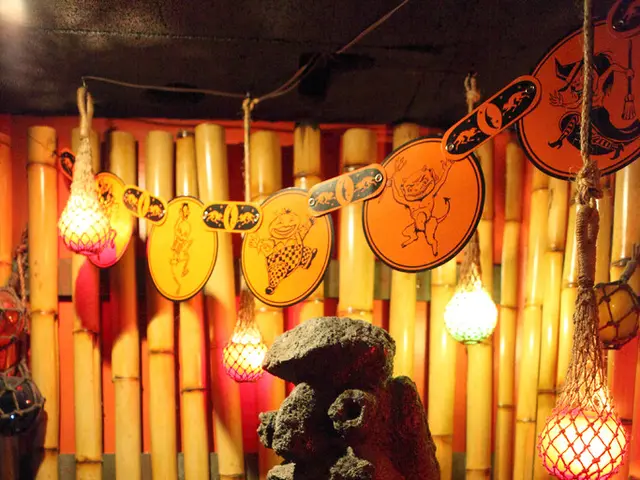Distrinction in Bonsai Vocabulary Across Regions: A Case of Miscommunication
In the world of bonsai, a harmonious union of art and nature, the language used to describe this ancient practice varies significantly across regions. This diversity in terminology is a reflection of the cultural, historical, and environmental contexts that have shaped the art form in different parts of the globe.
The art of bonsai originated in China, but it was significantly refined and popularized in Japan, where many terms used today come from. Japanese bonsai terminology often emphasizes aesthetic principles such as simplicity, asymmetry, and naturalness, reflecting Japanese cultural values. Terms like "nebari" (surface roots), "kifu" (branching style), and "shari" (deadwood) are standard in many bonsai descriptions. These terms not only describe artistic techniques but also a deep spiritual and philosophical engagement with nature, central to Japanese tradition.
On the other hand, although bonsai has roots in Chinese penjing, the terminology here often differs. Chinese terms tend to highlight landscape aesthetics and storytelling, reflecting historical and philosophical influences like Taoism and Confucianism. Chinese penjing includes terms describing miniature landscapes, rocks, and multiple trees, showing a broader ecological view compared to the Japanese focus on one tree’s form.
As bonsai spread globally, particularly to the West, local terms often blend or adapt the original Japanese words. Some Western practitioners may use simplified or translated terminology to suit different linguistic or educational contexts. Regional climate and tree species also influence bonsai practice and thus terminology regarding tree care, species selection, and growth techniques.
A prime example of regional variation is the style known as "Raft" in the West, which features a flat, horizontal trunk. This style, while not as common in Japan or China, is a testament to the unique bonsai practices that have evolved in different parts of the world.
Environmental factors also play a crucial role in shaping bonsai terminology. The specific trees available in a region and the climate influence both bonsai style and terminology. For instance, species commonly used and their terminology vary in East Asia versus Europe or America, reflecting the ecological realities and local horticultural traditions.
This diversity in bonsai terminology can lead to misunderstandings, especially in global bonsai competitions. To foster a more inclusive and vibrant global bonsai community, embracing diversity in bonsai vocabulary is essential. Clear and standardized communication is key to facilitating global understanding and collaboration among bonsai enthusiasts, suppliers, and authors from different regions.
Despite these regional differences, there are certain fundamental bonsai terms, such as "nebari" (root flare), "jin" (deadwood), and "hachi-uki" (clamping), that are universally understood across the global bonsai community. These shared terms serve as a common language that transcends borders, uniting bonsai practitioners worldwide.
In conclusion, the rich tapestry of bonsai terminology reflects the cultural nuances and unique history and evolution of bonsai practices in different parts of the world. From the minimalist beauty of Japanese bonsai to the broader landscape narratives of Chinese penjing, and the adaptations in Western usage, bonsai is not only a horticultural technique but also a culturally embedded, evolving art form.
In the context of environmental science, the diversity in bonsai terminology around the world can provide valuable insights into regional ecological realities and local horticultural traditions. For instance, terms like "Raft" in the West, which describes a specific bonsai style with a flat, horizontal trunk, might be linked to tree species and climate conditions prevalent in those regions.
Moreover, embracing this diversity in bonsai vocabulary can foster a more inclusive and vibrant global bonsai community, especially in the pursuit of sustainable climate-change mitigation strategies, as gardeners and scientists explore innovative lifestyles and practices in home-and-garden settings that promote environmental-science principles.




